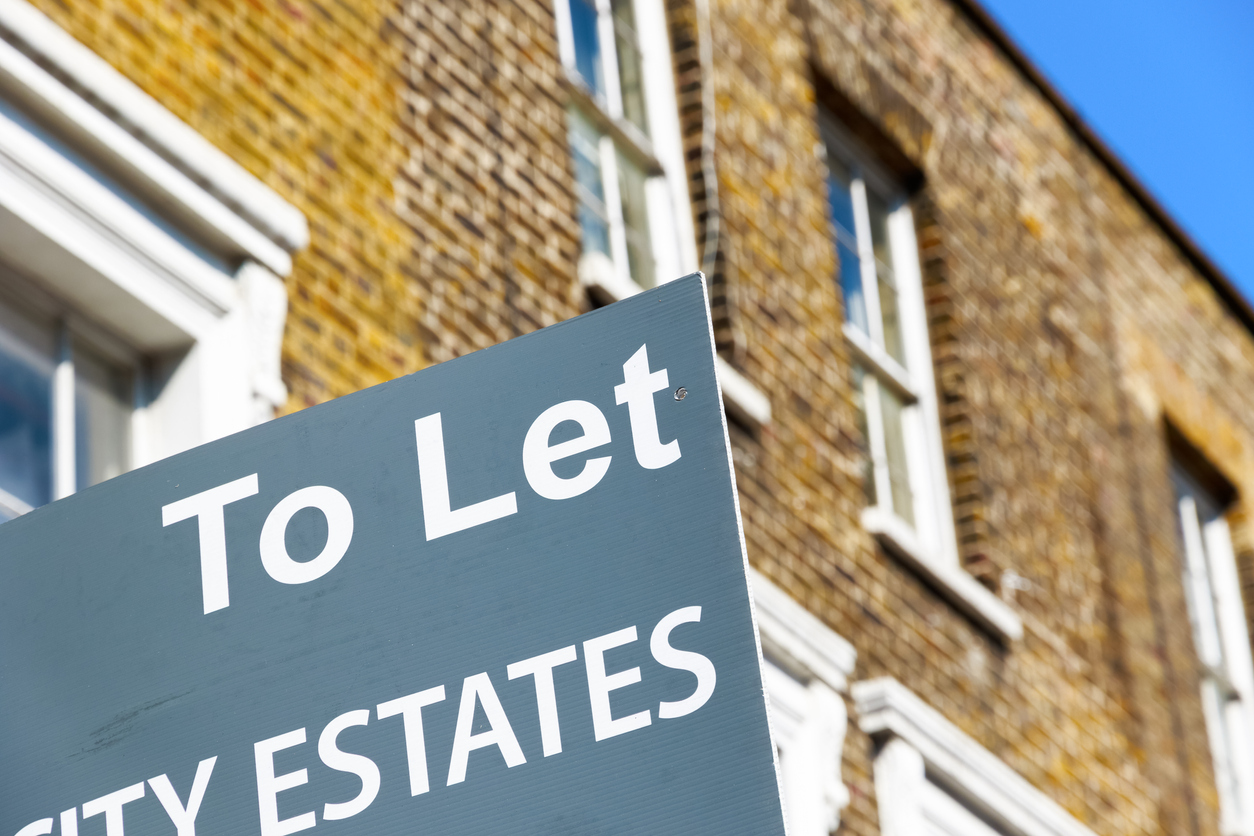 finding houses, delivering homes
finding houses, delivering homes

- Crosby: 0151 909 3003 | Formby: 01704 827402 | Allerton: 0151 601 3003
- Email: Crosby | Formby | Allerton
 finding houses, delivering homes
finding houses, delivering homes


When purchasing a buy-to-let property, you won’t be able to finance the purchase with a conventional mortgage. Instead, you’ll need to secure a buy-to-let mortgage.
The good news is that plenty of lenders in the UK offer this kind of mortgage to qualified landlords. The bad news, however, is that buy-to-let mortgages are expensive, and the rules are stringent.
In this guide, you’ll learn everything you need to know about buy-to-let mortgages, including eligibility criteria, how they work, and how they differ from residential mortgages. But first, a quick primer on buy-to-let.
Buy-to-let (BTL) is when you buy a property specifically for the purposes of renting it out.
BTL properties are often flats or apartments, commonly found close to city centres. Property prices in these regions are often high, making renting an affordable option for those looking to stay within walking distance to work.
Buying a property to let presents a challenge to first-time buyers due to the high deposits and price entry barrier. And this is where a buy-to-let mortgage comes in.
A buy-to-let mortgage is a loan you take to finance the purchase of a buy-to-let property. It’s a mortgage designed specifically for those looking to buy property to rent out rather than a place to live and should be viewed as a mid to long-term investment.
If you rent out a property that has been financed with a residential mortgage, you’ll likely be breaking your mortgage lender’s agreement.
There are some key differences between a BTL mortgage and a residential mortgage that make it extremely difficult to invest in buy-to-let properties.
Lenders see buy-to-let mortgages as a higher risk than ordinary mortgages. This is because landlords often encounter problems collecting rents, and your property is unlikely to have a 100% occupancy rate.
For this reason, interest rates and loan fees for BTL mortgages are usually higher than those for residential mortgages.
The arrangement fee can be as high as 3.5% of the property’s value. In addition to high-interest rates and arrangement fees, you’ll also need to pay a larger deposit—a minimum of 25% of the total property value is required. In fact, the best mortgage rates available require a deposit as high as 40% of the property’s value.
Most buy-to-let mortgages are provided on an interest-only basis. This means the borrower pays the interest each month, not the capital.
You repay the principal amount in full at the end of the loan term. This can be good news as your monthly cash outflow will be minimal, but it’s vital that you have a plan to pay off the full loan at the end of the loan tenure.
Buy-to-let mortgages are also serviceable on a repayment basis. With a repayment mortgage, you’ll pay off the principal amount by the end of the loan tenure. This arrangement will cost you more monthly, so you should charge enough to cover it.
BTL mortgages are available for both new and existing landlords, but the eligibility criteria will usually vary by lender. You might be able to secure a buy-to-let mortgage under the following circumstances:
There’s no limit to the amount you can borrow as long as you can prove that the loan is serviceable from the income your rental property will generate each month.
Most buy-to-let lenders, however, will only approve a loan amount if the forecasted rental income exceeds the expected monthly payments by a certain percentage, usually 25 -30%.
Although some BTL lenders have no cap on the maximum amount you can borrow, eligibility assessments are stringent. You’re unlikely to pass these tests without a rental income forecast from an ARLA-regulated letting agent.
Additionally, some lenders have minimum income requirements and won’t approve you for a BTL mortgage if your income falls below that threshold. Most lenders require a minimum income of at least £25,000 a year.
A buy-to-let mortgage is a loan you take to finance the purchase of a buy-to-let property.
These loans are usually more expensive than conventional mortgages and have stringent eligibility requirements.
To qualify for a BTL mortgage, you’ll likely need to have an annual income of at least £25,000, have a good credit score, and a large deposit of up to 40% of the property’s value. It’s also worth noting that most lenders will only approve a loan if the projected monthly rental income is more than 25% of the expected monthly payments.
Ready to secure your first buy-to-let mortgage? Get in touch with us today or arrange an in-house appointment with one of our advisors. We offer bespoke mortgage and financial solutions to individuals and corporations.